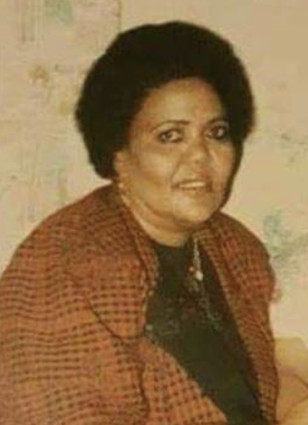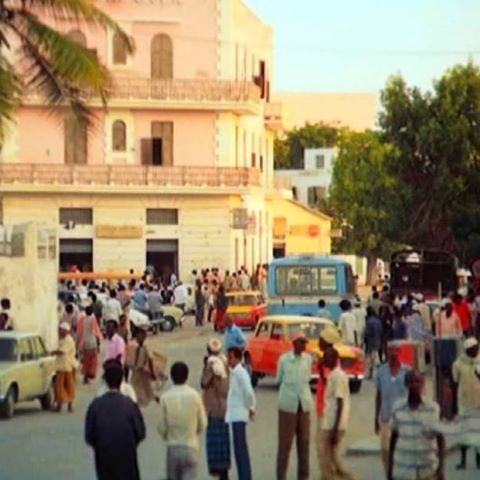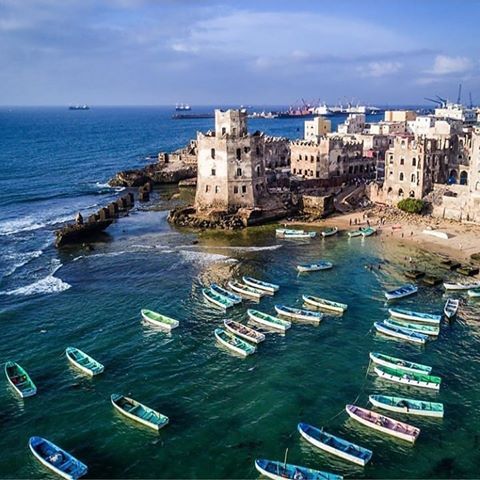Halima Khalif Omar, better known as Magool, is still one of the most famous singers in Somalia and has become an icon in Somali music history. Nicknamed by the Somalis as the “Nightingale of Somalia,” Magool has a powerful voice singing poignant lyrics that resonate with a Somali audience globally. Her part in good Somali songs is erotic.
Her early life
Halima Khalif was born in 1948 in Dhusamareb located in the central region of Somalia, and showed considerable talent for music from an early age. Magool, a translated nickname meaning “flower” in Somali, was a name that she carried elegantly. In Halima Khalif, music became her profession but it was always her passion.
Halima Khalif started her music journey in the late 1960s when Somalia was experiencing a cultural revival after independence. Her voice hit the national stage swiftly and she became one of the fairly few female musicians to attain greatness in a field predominantly men.After gaining notoriety.
Magool began performing with various national music bands, including Waaberi, the upper echelon of Somali music bands. Halima Khalif had worked extensively with the top Somali composer and musicians to secure some of the most famous songs that represented national pride, and literature of love and social change. Magool performanced both the Soul of Somalia while glorifying the role of music in critical movements throughout Somalia’s sociopolitical history.
ONE OF HER MUSIC
Musical Legacy and Influence
What distinguished Magool was her ability to flow. She could shift from patriotic songs to love ballads and from Islamic religious songs (qasidas) to emotional laments. Her classic songs such as “Waaberi Hillaac,” “Baladweyn”, and “Heestii Calan saar” are ageless musical treasures in Somali music. Her great voice showed strength and vulnerability for all people.
Magool was a singer and storyteller. Through her songs, she told of ordinary Somali struggle, Somali language beauty, and inscrutability of love and life. Her ability to marry poetry with melody afforded her the role of cultural ambassador for Somalia.
the Iconic 1987 Concert
Magool’s homecoming to Mogadishu was hailed as a great success in 1987 after years of self-exile due to political differences. Magool returned to Somalia to entertain a crowd of over 15,000 attendees at a concert titled “Mogadishu and Magool,” an event identified as one of the most significant musical occasions in Somali history. She had a deep emotional resonance with her audience that brought her legendary status back to life.
End of an Era
Halima Khalif Magool died in Amsterdam in 2004 after a lengthy illness. Her death brought closure to an era, yet her legacy continues. Her songs are still played on Somali radio and at weddings and national festivities. Younger generations of Somali artists also look to her for inspiration and influence.
READ MORE HERE
Conclusion
Magool represented more than a single artist, she represented the voice of a nation. Her body of work was instrumental in defining Somalia’s cultural milieu and articulated the sentiments of an entire generation. Halima Khalif Magool, one of Somalia’s most celebrated singers, will forever be remembered as a national treasure whose music will endure the test of time anywhere around the world.
READ HERE MORE ABOUT SOMALIA




